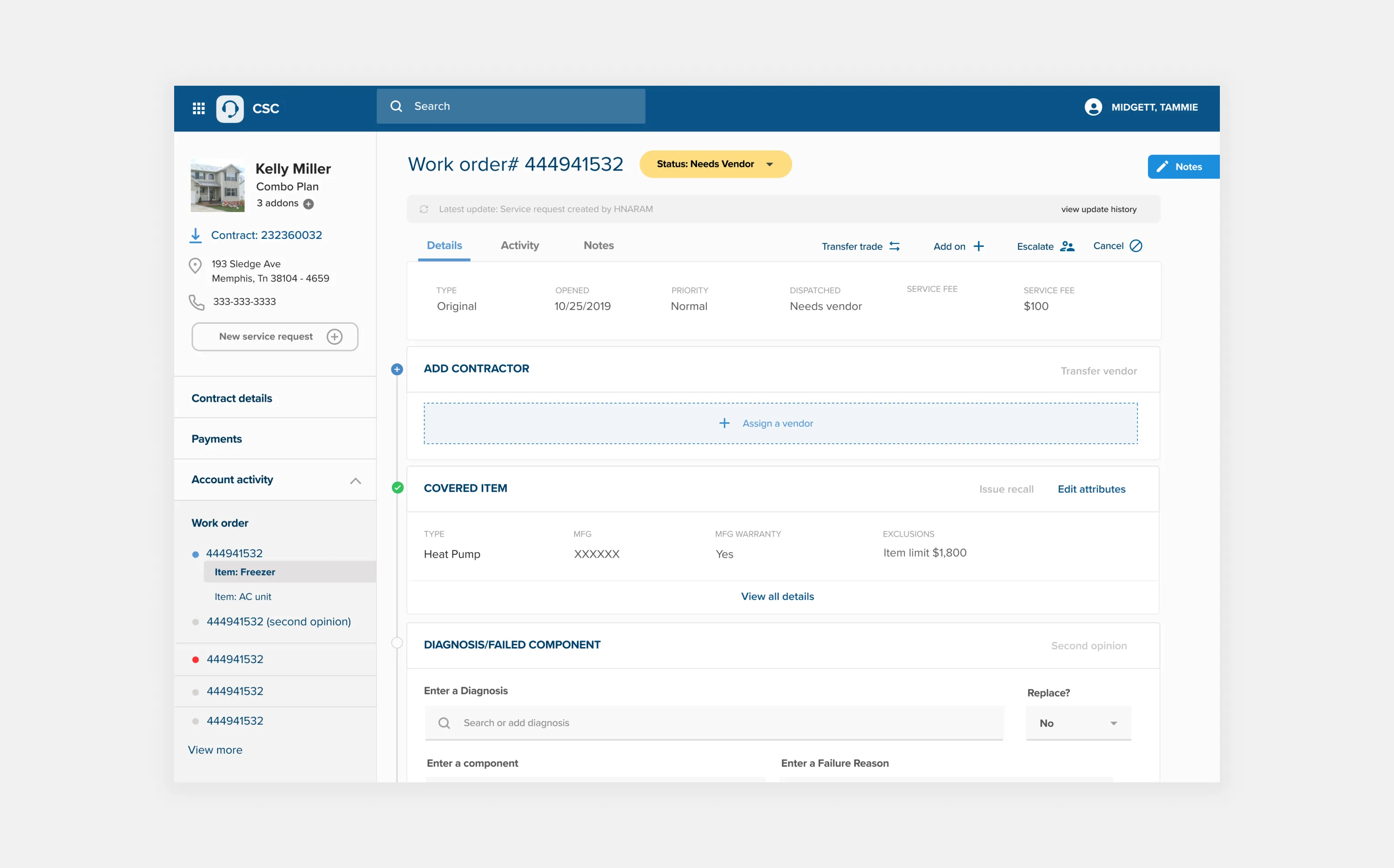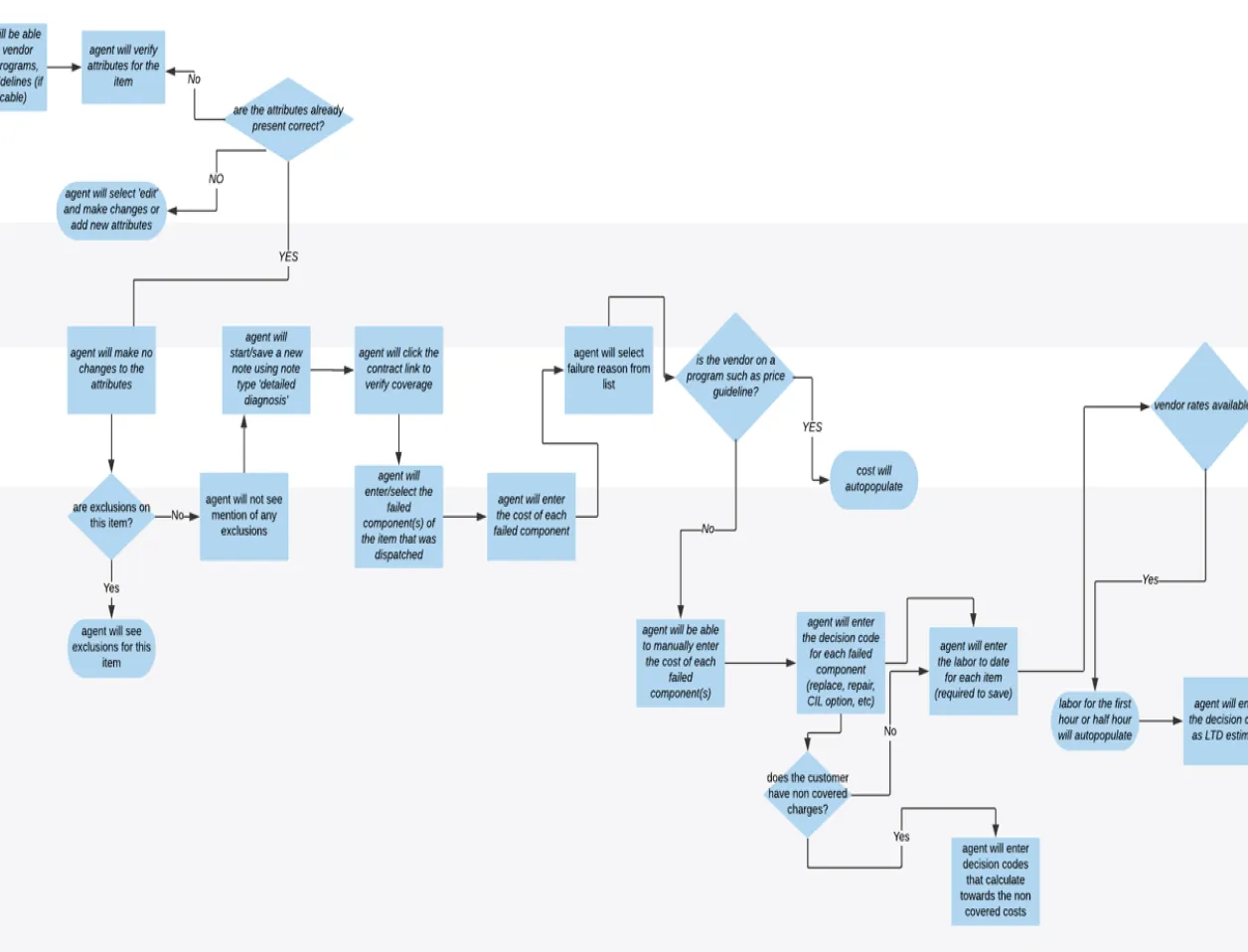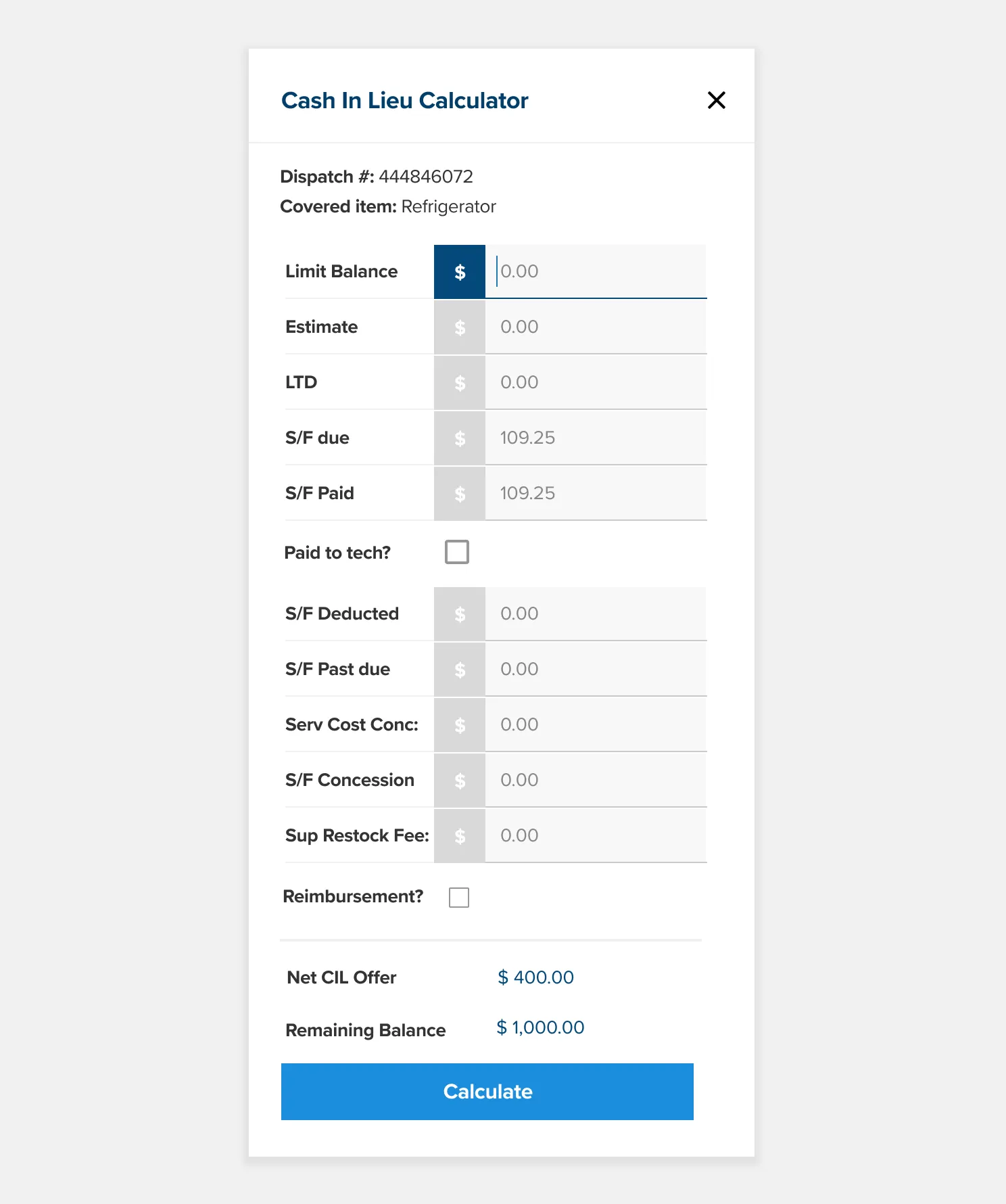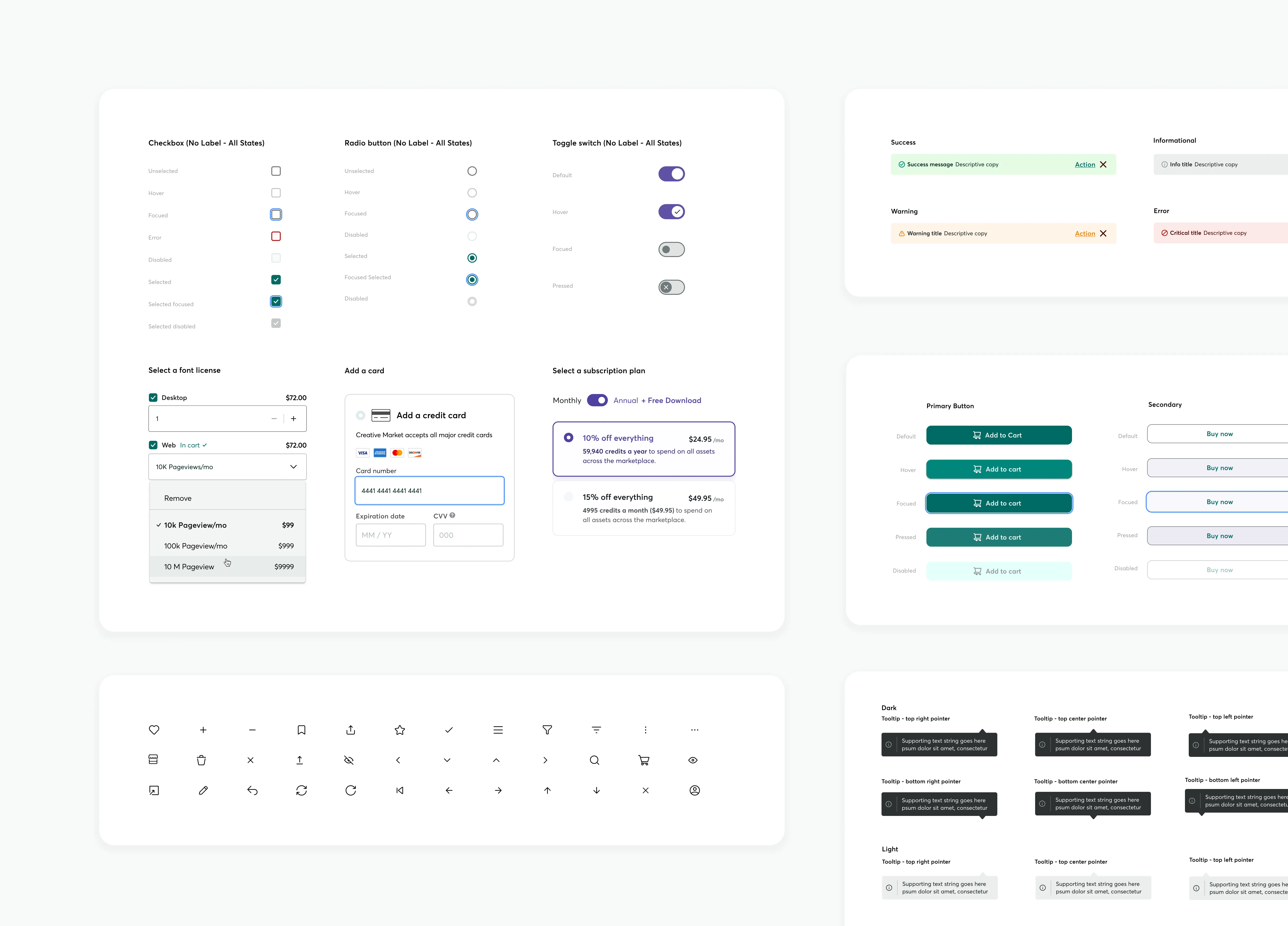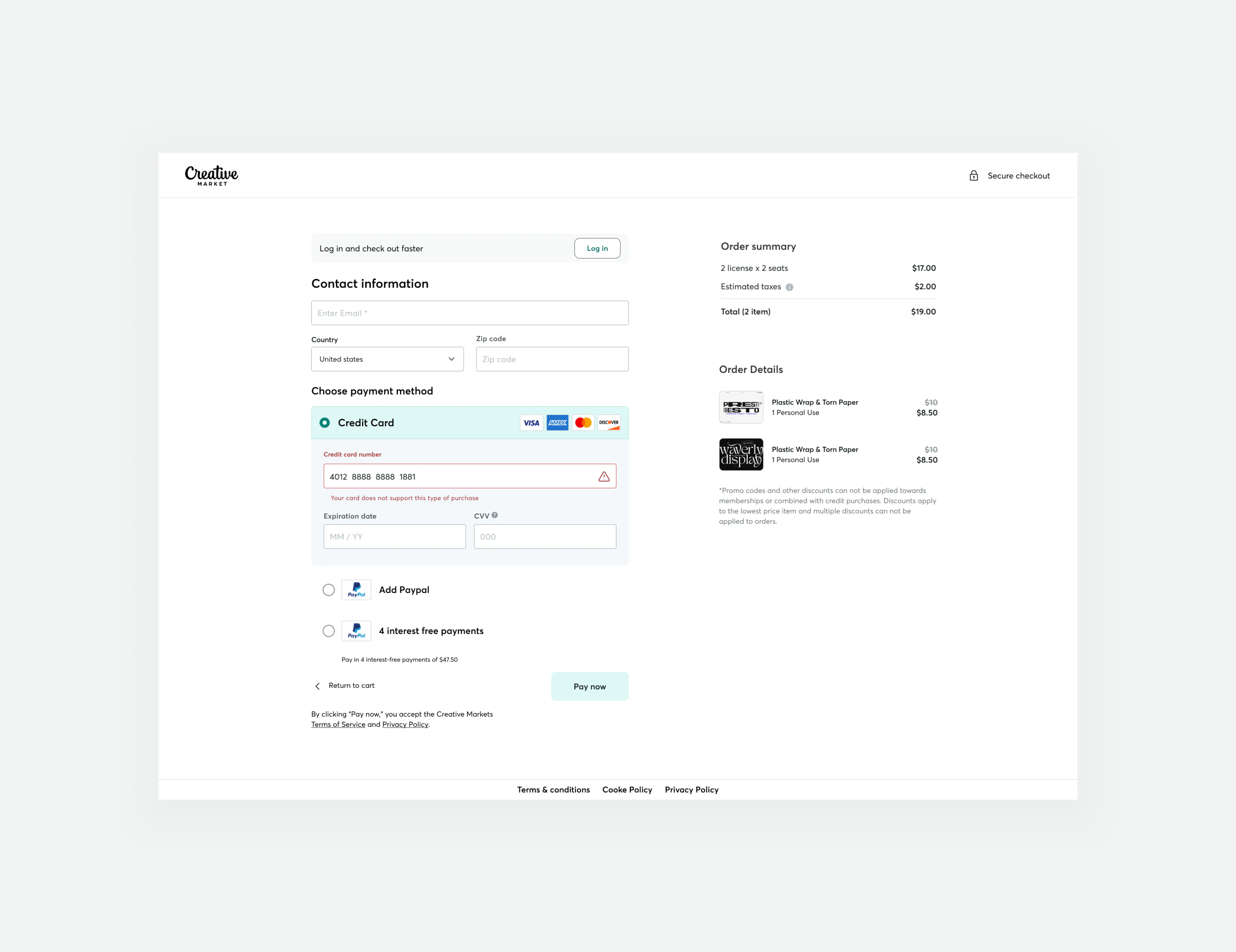Home warranty claim at American Home Shield
American Home Shield (AHS) is a leading provider of home warranty services, offering coverage for essential home systems and appliances. One critical aspect of their service is evaluating and authorizing warranty repair requests made by contractors. This case study explores the process of redesigning the Warranty Repair Authorization Tool, integrated into the service agent portal, to streamline the process and improve key metrics like time on task, information retrieval and operational efficiency.
Brand
Frontdoor
Role
UX Designer
Platforms
Internal app
Date
Mar 18, 2020
Home Warranty repair or replacement authorization tool
Background
The project began with a fellow UX researcher conducting a comprehensive survey among service agents to understand their pain points and challenges when using the existing Warranty Repair Authorization Tool. Key issues emerged, including:
Lengthy approval process.
Ambiguous user interface.
Difficulty in comprehending and navigating the application.
Lack of real-time status updates.
Inefficient communication channels with contractors.
Working closely with the product manager, we analyzed the survey findings to prioritize pain points and create a roadmap for improvements. This involved defining clear objectives, such as reducing time on task and enhancing the overall user experience.
Authorization Service Agent survey results
Existing User Folw diagram
Approach:
With a clear understanding of user pain points, we embarked on designing a more user-friendly and efficient interface for the Warranty Repair Authorization Tool. The design aimed to address the following:
Simplifying the authorization workflow.
Providing clear and concise instructions.
Incorporating real-time status updates.
Streamlining communication channels with contractors.
Using these as guiding principles, we developed a high-fidelity prototype of the proposed interface.The prototype was subjected to rigorous user testing with a representative group of service agents. We evaluated key metrics such as time on task, comprehension of the interface, and overall user satisfaction. Feedback from users was invaluable in making iterative improvements. Based on usability feedback we made refinements to the design, addressing specific pain points that users had identified. We also worked closely with the engineering team to scope the project realistically, ensuring that the proposed changes could be implemented effectively.
Estimate builder and authorization step
AHS.com service agent authoriaztion flow UI
Service contractor parts order and verifcation modal
Payout calculator in lieu of service repair
Impact:
The impact of the redesigned authorization flow was multifaceted and only achieved through meticulous research and iterative design. Our redesign of AHS.com warranty claim authorization flow yielded significant outcomes:
Reduced Time on Task: Service agents experienced a notable decrease in evaluation and approval time, enhancing overall productivity.
Improved User Satisfaction: Users expressed higher levels of satisfaction with the intuitive and user-friendly interface, leading to increased engagement.
Streamlined Workflow: The optimized process resulted in expedited repairs, benefiting both agents and contractors while elevating customer satisfaction levels.
More Case Studies
Building an Accessible Design System at Creative Market
Effective communication is essential in Product Design, serving as the guiding principle. When properly managed, a Design System can lay the groundwork for future possibilities. This design system, created in Figma, focused on enhancing accessibility and interaction affordance, aligning with existing brand colors, and utilized Google M3 UI Kit to streamline workflows and improve the user experience across all products.
Guest checkout impact at Creative Market
We successfully increased conversion rates and revenue generation by developing a new guest checkout aimed at reducing cart abandonment rates. This accomplishment was made possible by emphasizing primary calls to action, adopting form design best practices, and prioritizing trust and security.
